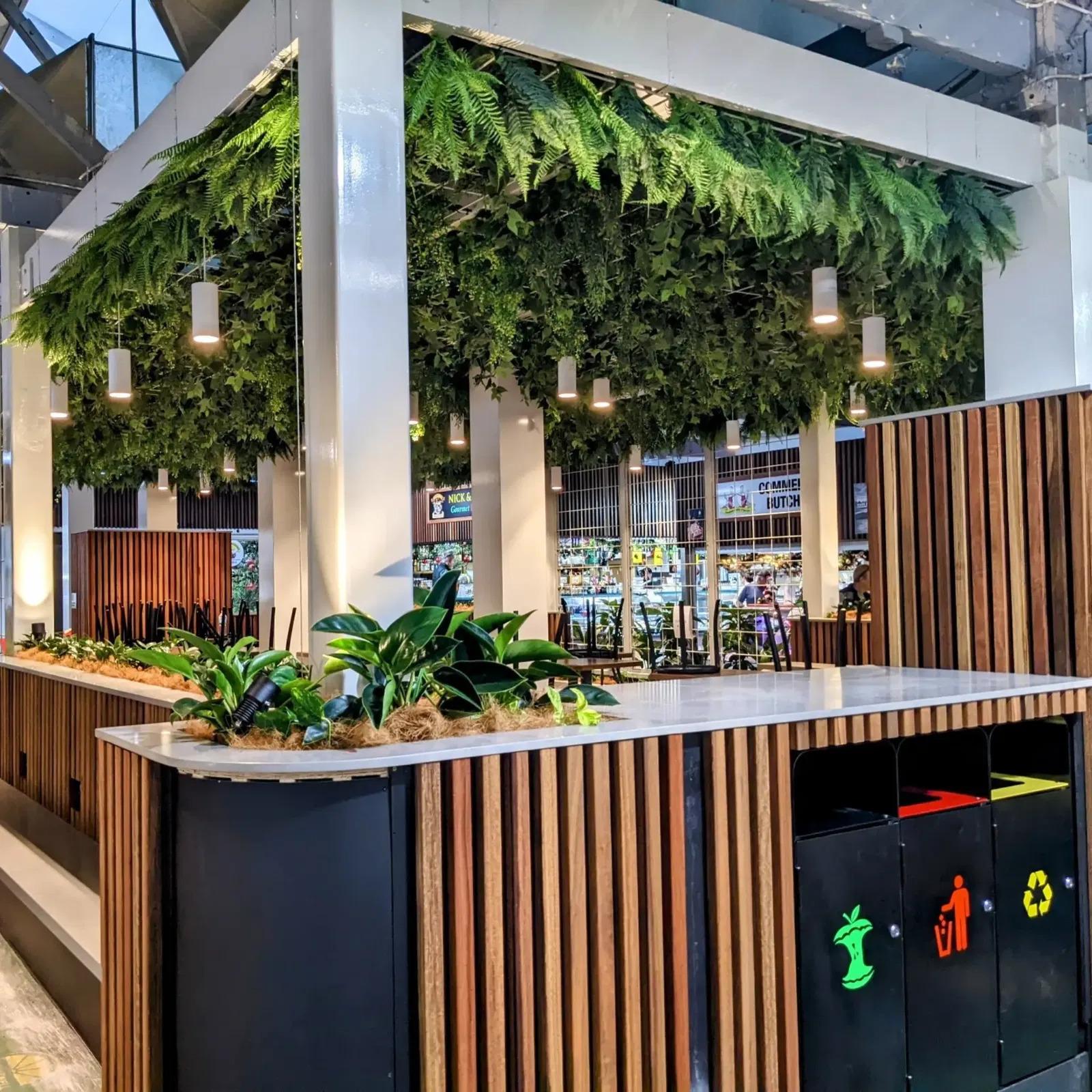Embrace Green Living with Indoor and Outdoor Vertical Garden

Looking to infuse your living space with nature? Indoor and Outdoor Vertical Gardens offer a stylish and practical solution, transforming walls into lush green canvases. Whether you're working with limited space or aiming to enhance your environment, these vertical gardens provide a versatile and eco-friendly option.
What Are Vertical Gardens?
Vertical gardens, also known as living walls, involve growing plants upwards on structures like walls, trellises, or towers. This method maximizes space, making it ideal for urban settings or areas with limited horizontal space. Plants are arranged in layers, creating a vibrant, green display that can be both decorative and functional.
Benefits of Indoor Vertical Gardens
1. Space Optimisation
In apartments or small homes, floor space is often limited. An indoor vertical garden allows you to grow a variety of plants without occupying valuable floor area. This vertical approach makes use of unused wall space, bringing greenery into your home without cluttering it.
2. Improved Air Quality
Plants are natural air purifiers. They absorb carbon dioxide and release oxygen, enhancing indoor air quality. Additionally, certain plants can filter out toxins like formaldehyde and benzene, making your indoor environment healthier and more breathable.
3. Aesthetic Appeal
An indoor vertical garden serves as a living piece of art. The lush greenery adds a touch of nature to your interior decor, creating a calming and inviting atmosphere. Whether it's a wall-mounted planter or a freestanding tower, these gardens become focal points in any room.
Advantages of Outdoor Vertical Gardens
1. Space-Saving Landscaping
Urban areas often lack expansive yards. An outdoor vertical garden utilizes vertical space, allowing you to grow plants like herbs, flowers, or even vegetables without taking up ground space. This is particularly beneficial for balconies, patios, or small backyards.
2. Environmental Benefits
Outdoor vertical gardens contribute to the environment by reducing the urban heat island effect. The plants provide insulation, keeping buildings cooler in summer and warmer in winter. They also help absorb pollutants and dust, improving air quality in urban settings.
3. Enhanced Privacy
Installing a vertical garden on a fence or wall can create a natural privacy screen. The dense foliage blocks the view from neighbors or passersby, offering a secluded and peaceful outdoor space.
Tips for Creating Your Vertical Garden
- Choose the Right Plants: Select plants that suit your environment. For indoor gardens, consider low-light tolerant plants like ferns or pothos. For outdoor gardens, herbs like basil or flowers like petunias thrive in sunny spots.
- Ensure Proper Irrigation: Vertical gardens can dry out quickly. Implement a drip irrigation system or self-watering planters to keep your plants hydrated.
- Use Suitable Structures: Opt for sturdy structures that can support the weight of the plants and soil. Materials like wood, metal, or recycled plastic are popular choices.
- Maintain Regular Care: Even low-maintenance plants require some attention. Regular pruning, cleaning, and checking for pests ensure your vertical garden remains healthy and vibrant.
Final Thoughts
Whether indoors or outdoors, vertical gardens offer a creative and sustainable way to bring nature into your space. They not only enhance the aesthetic appeal of your environment but also contribute to better air quality and a more serene atmosphere. With thoughtful planning and care, a vertical garden can become a rewarding addition to your home.
Search Online “Designer Plants” & Visit the Website for more information on this.
- Art
- Causes
- Crafts
- Dance
- Drinks
- Film
- Fitness
- Food
- Games
- Gardening
- Health
- Home
- Literature
- Music
- Networking
- Other
- Party
- Religion
- Shopping
- Sports
- Theater
- Wellness



